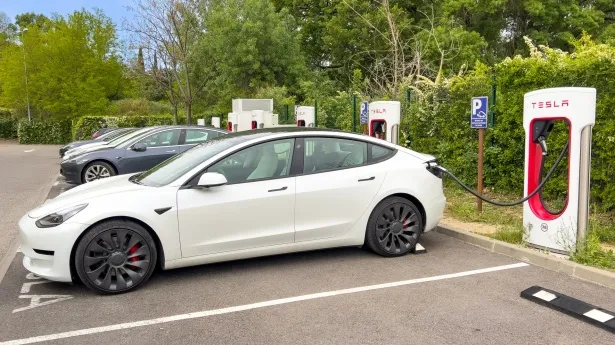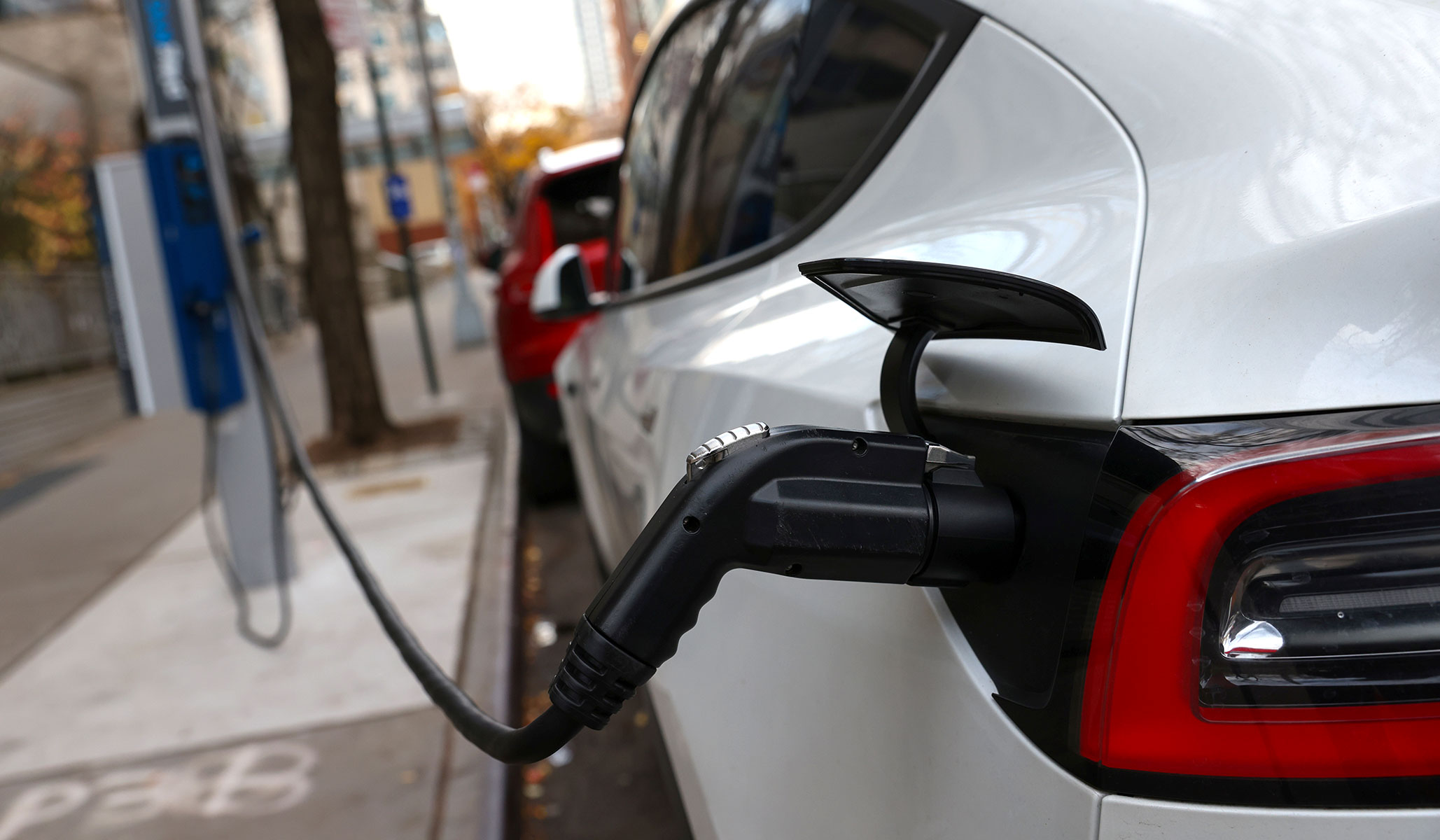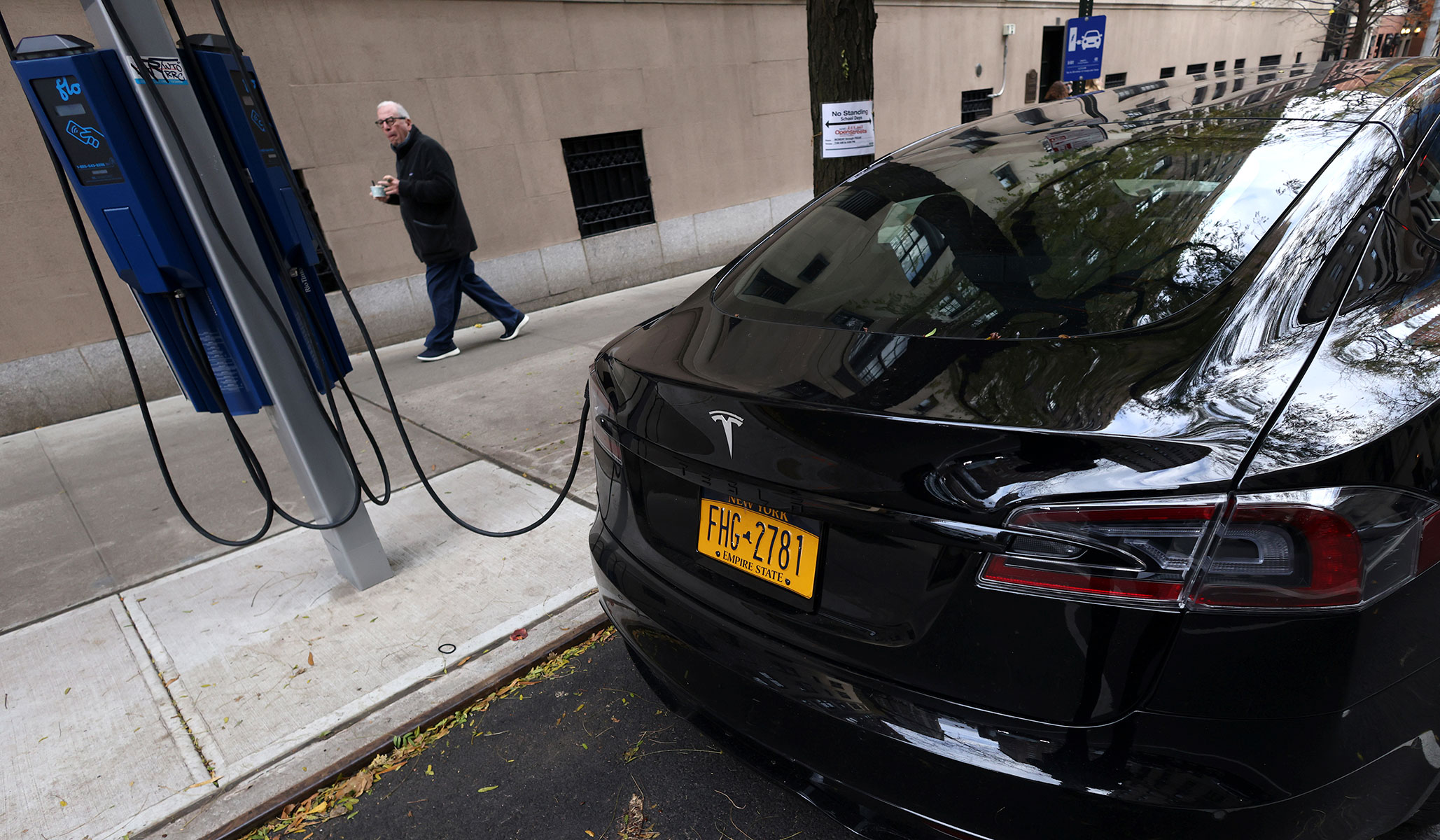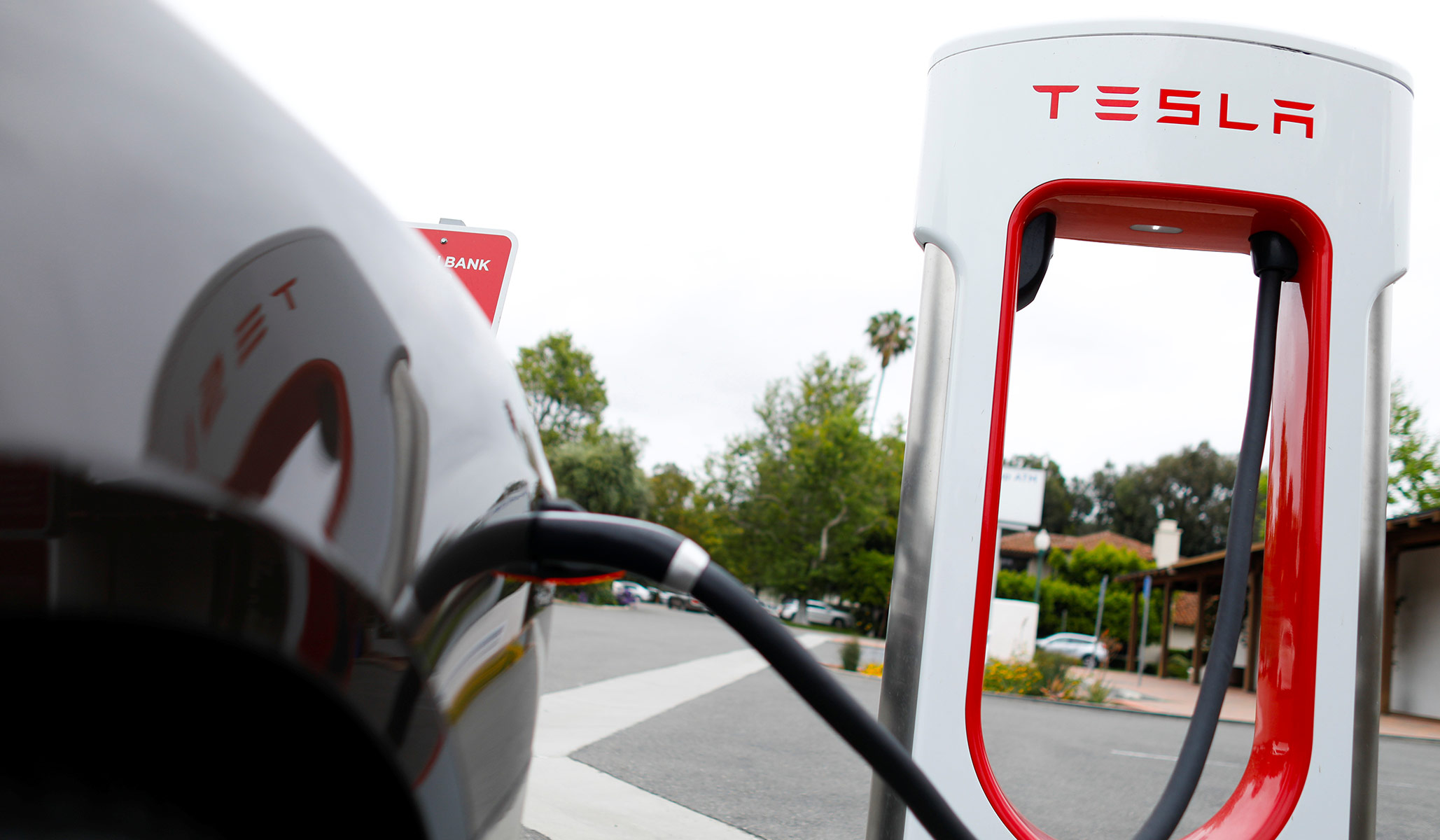(National Review) The more the state ‘plans,’” wrote Hayek, “the more difficult planning becomes for the individual.” This may resonate with the driver of an electric vehicle (EV) who has pulled up at a charging station in the middle of nowhere, only to find it broken.
In January last year, Carlos Tavares, the CEO of Stellantis, the world’s fifth-largest carmaker (it was formed by the merger of Fiat Chrysler and Peugeot), described electrification as “a technology chosen by politicians” and said it was “imposed” on the auto sector.
By contrast, the triumph of the internal-combustion engine (ICE) over a century ago was organic. Human ingenuity and the power of markets led to a product that swept almost everything else off the road. EVs (which first had a moment around 1900) were not banned, and neither was the horse. In due course, ICE horseless carriages for the Astors were followed by the Model T and its kin. The automotive age had truly arrived.
The surge in demand for EVs (albeit from a low base) in Europe and the U.S. could be seen as evidence that, with the assistance of some taxpayer cash and nudges from government, EV technology could flourish without state interventions to either close down or hobble its wicked rival. But some policy-makers, faced with what they claim (and some may even believe) is a climate “crisis,” have clearly not been persuaded that EVs, for all their loudly touted wonders, should be relied on to overtake conventional autos. That has left coercion, and with it the opportunity to redesign much of everyday life in ways more in keeping with the standards of those who know best.
The switch to EVs will lead, in the end, to a shrunken role for the car, a machine long resented by a certain type of authoritarian for the untidiness it creates, for the space it takes up, and for the autonomy it offers.
Bans on the sales of new ICE vehicles will be coming into force from 2035 in Europe and, with California having taken the lead, in parts of the United States. Europe’s ban will also cover hybrids, one of the better, less disruptive pathways to lower greenhouse-gas (GHG) emissions. But like many of the religious cults it resembles, climate fundamentalism is characterized by a perpetual quest for purity. Tainted by gasoline, the hybrid had to go. Japan is taking a different course. Its hybrids have done well, and their manufacturers argue that their technology has more to offer. Like, for instance, the chairman of India’s largest automaker, the Japanese tend to be skeptical that there is only one route to a more climate-friendly automotive future. Toyota, for example, sells a hydrogen-fuel-cell car. (BMW has also begun small-scale production of a hydrogen-fuel-cell SUV.) Hydrogen-fuel-cell vehicles have zero GHG tailpipe emissions and would be permitted under both European and Californian rules. Massive investments in EVs, though, will leave relatively little left over for hydrogen in Europe and the U.S.
Meanwhile, the West’s turn to EVs has given Chinese car manufacturers a chance to penetrate markets where they have never done well. EVs, basically a battery and a computer housed in a four-wheeled box, are fairly easy to make. They have eliminated much of the edge that the ICE had given long-established Western incumbents.
Meanwhile, the West’s turn to EVs has given Chinese car manufacturers a chance to penetrate markets where they have never done well. EVs, basically a battery and a computer housed in a four-wheeled box, are fairly easy to make. They have eliminated much of the edge that the ICE had given long-established Western incumbents.
Using success in their home base as a launchpad, Chinese manufacturers were the source of some 5 percent of the new EVs sold in Western Europe last year. It doesn’t hurt that Chinese EVs typically cost €10,000 less than their European counterparts, although not all compete on price. Moreover, Chinese manufacturers account for perhaps 55 percent of global EV-battery production. (An EV’s lithium-ion battery accounts for 30–40 percent of the car’s value.) And China’s domination of the EV supply chain includes production of battery-cell components such as anodes and cathodes, and it processes up to 75 percent of metals (such as lithium, cobalt, manganese, graphite, nickel, and various rare earths) used in making batteries.
While China is the world’s largest producer of rare earths, many of the other minerals processed in the country come from elsewhere, a gap its companies have remedied by securing, one way or another, a good grip on their supply. It helps to be a major customer unbothered by environmental concerns or human rights, an area of comparative advantage that Chinese firms can also exploit in their EV-related businesses at home. That’s something that the ESG-investment community ought to remember more often than it does.
Battery factories are being built in the West, too. Billions are already committed to, and beginning to be spent on, their construction in the U.S. But it’s worth paying attention to Volkswagen’s warning that, unless contained, high energy costs will render such plants “unviable” in Europe. Building a battery plant is one thing, but getting hold of the raw materials it needs is quite another. Ideally, they should come from friendly or friendly-ish nations (expect a surge in resource nationalism) or even — the ghost of John Muir cocks an ear — from within our borders. New mines will be necessary but will take years to open. Environmentalist litigation, an appropriately paradoxical irritant, will doubtless contribute to the delay. The prices of a number of raw materials used in EV production have risen and could continue to rise. There have already been signs of supply squeezes (some due to dislocations arising out of Covid and the war in Ukraine). If these persist, would-be EV buyers may have to wait longer and pay more. Others may prefer to walk away.
Many of these difficulties flow from the speed of this transition, a gift to China with potentially serious industrial, economic, and geopolitical consequences. Chinese competition in the EV arena (which will be more of a challenge in Europe) is the last thing Western carmakers need as they wrestle with a change that will upend not only their business model but also those of their suppliers. In Germany, in particular, it could trigger a crisis: Auto manufacturing is the backbone of its giant industrial sector. A fear of job losses is one reason the Biden administration wants to base as much as possible of the EV supply chain in the U.S. But the hugely expensive incentives (thank you, taxpayers!) to encourage that result could lead to a trade war with Europe, where some political figures are starting to realize that another self-inflicted climate-policy disaster is on the way.
And there’s more. The reckless pace at which vehicle electrification is being pushed through — a hallmark of central planning — will add to the pressure on electricity grids on both sides of the Atlantic, at a time when the grids are sinking deeper into the disorder brought on by theirdecarbonization. Europe’s energy miseries are no secret, but there have been signs of trouble here too, including grimly amusing requests to EV owners not to charge their cars during a couple of extremely hot days in Texas and California.
The reluctance — that obsession with purity again — to invest enough in “dirty” sources of electricity (a category that, in the more progressive U.S. states, includes natural gas) to tide us over for now, together with the lengthy delays that are bound to accompany any expansion of nuclear power even in states where it is not rejected outright, will increase our reliance on wind and solar, technologies still unable to play the role that policy-makers have assigned to them. Once the necessary equipment has been manufactured and installed, electricity generated by the wind and the sun may be GHG-emission-free. But the wind doesn’t always blow, and the sun doesn’t always shine, so the energy they produce isn’t as dependable as that generated by the technologies they’re inadequately replacing.









